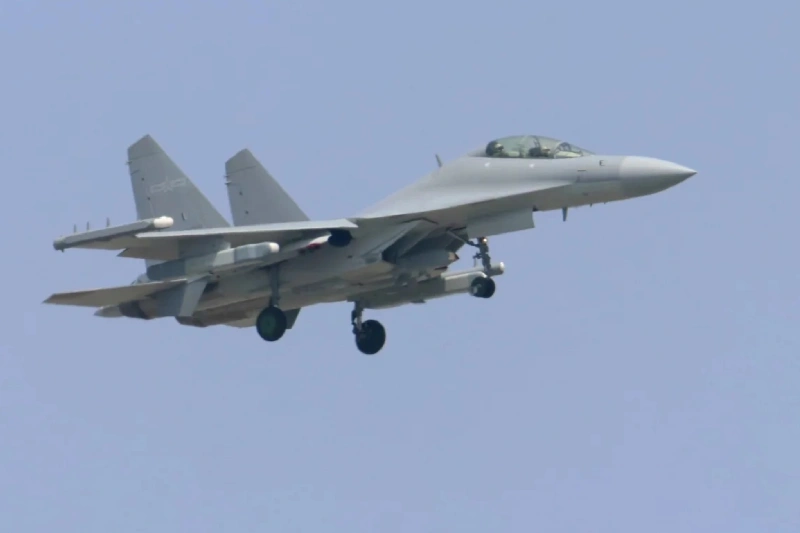China Land-Based Mid-Course ABM Tests
China successfully conducted its seventh land-based, mid-course antiballistic missile (ABM) test on Friday, indicating that the country has mastered related technologies to form a credible deterrent against nuclear threats. According to China’s Ministry of National Defense, the test achieved its expected goals and was of a defensive nature, not aimed at any country.
Mid-course interception, which involves a missile traversing outside the atmosphere after being boosted by a rocket booster in the initial phase, is technically challenging but considered the most viable option to intercept an intermediate-range or intercontinental ballistic missile. Analysts believe that China’s consecutive successful ABM tests have shown that it can defend itself in case of a first strike, as it is committed to a policy of no-first-use of nuclear weapons.
Experts point out that China’s ABM systems, underground nuclear defense facilities, and nuclear arsenal, which are being continuously modernized, build up a credible deterrent against nuclear threats amid the current instability in the global security situation. As only a few countries have conducted such tests, China’s success in mastering related technologies is seen as significant.
Read this: ATMACA Anti-Ship Missile Transfer to TCG KINALIADA
The Significance of Mid-Course Interception in Ballistic Missiles
The mid-course phase of a ballistic missile’s flight is considered very challenging to intercept, as it takes the longest of the three phases and is parabolic in nature. Although multiple interceptors can be launched against the incoming missile, exo-atmospheric conditions and high speeds make mid-course intercepts technically difficult. The extended airtime also allows the attacking missile to deploy countermeasures, making target discrimination more challenging for the defensive systems. Complex networking between offboard and onboard sensors is necessary for successful interception, further complicated by the defensive strategies employed by the attacking missile.
Challenges of Mid-Course Interception and China’s Defense Capabilities
The technical difficulties of mid-course interception, the trajectory of the attacking missile can pose further challenges, especially if it approaches from a distance outside the range of early warning and tracking systems. Details about China’s mid-course interception capabilities are scarce, but the country is currently developing its CH-AB-X-02 (HQ-19) surface-to-air missile system, which is expected to have ballistic missile defense capabilities, as per the US Defense Department’s assessments in 2020 and 2021.
China Land-Based Mid-Course ABM Tests technology marks a significant advancement in its national defense capabilities. This achievement not only enhances China’s strategic security but also has significant implications for the balance of power in the region and globally. With the ability to effectively counter nuclear threats, China is poised to become a major player in the field of missile defense technology, further strengthening its position on the world stage.
However, it is important to note that while the development of advanced missile defense systems may offer a sense of security, it is crucial for all countries to prioritize peaceful solutions and diplomacy in resolving conflicts to maintain global stability and prevent a potential arms race.
Discover more from International Defence Analysis
Subscribe to get the latest posts sent to your email.












